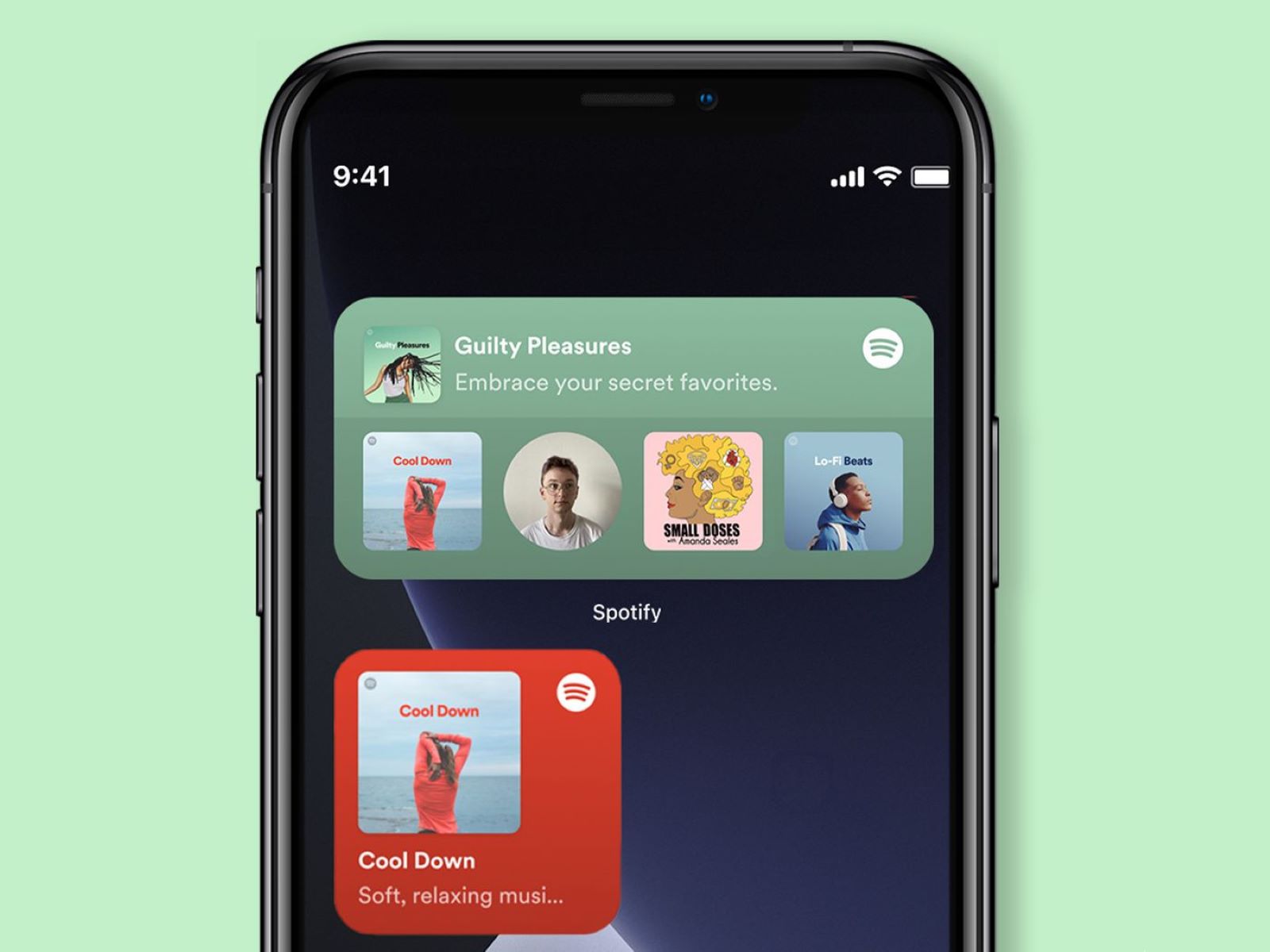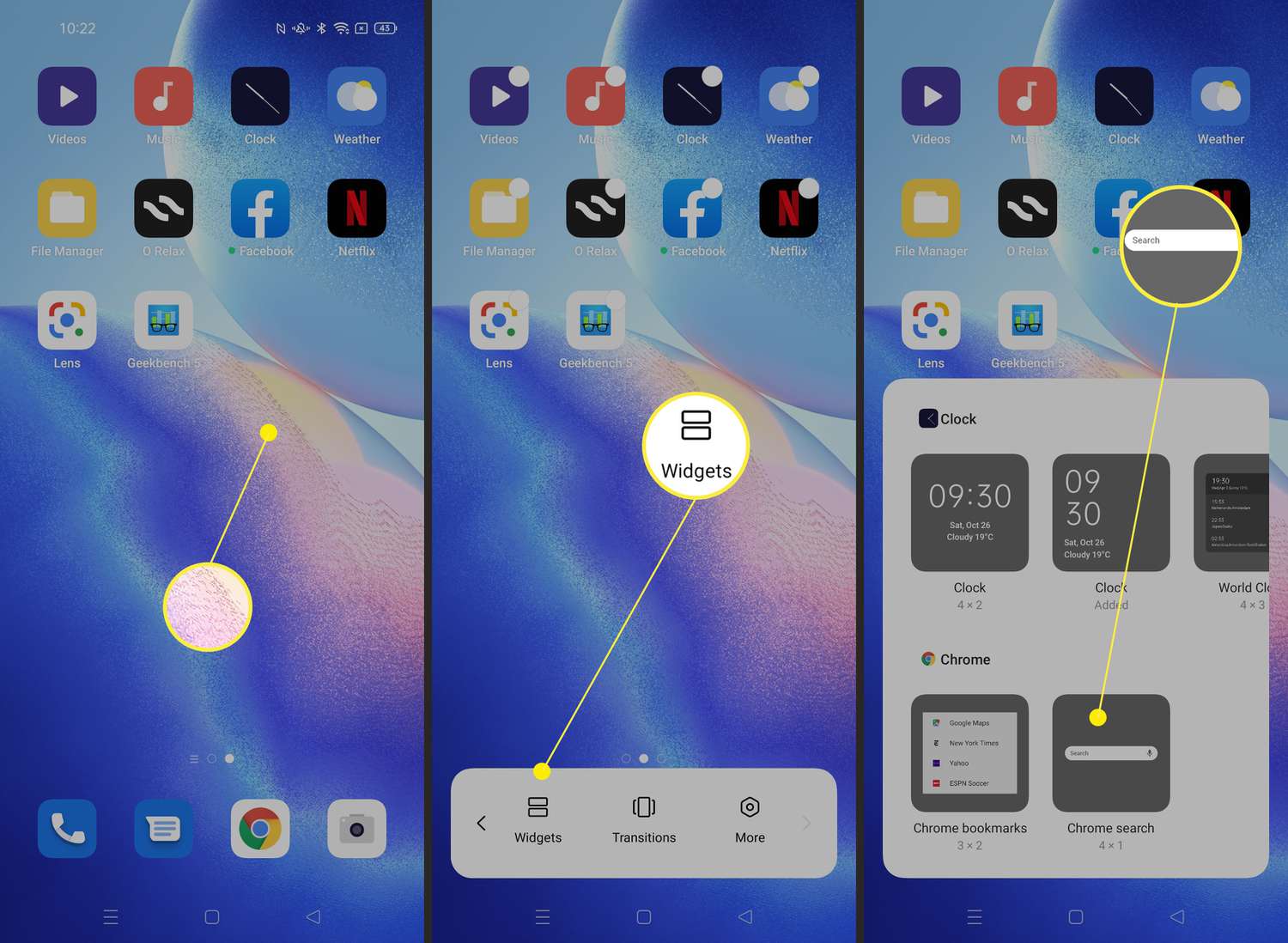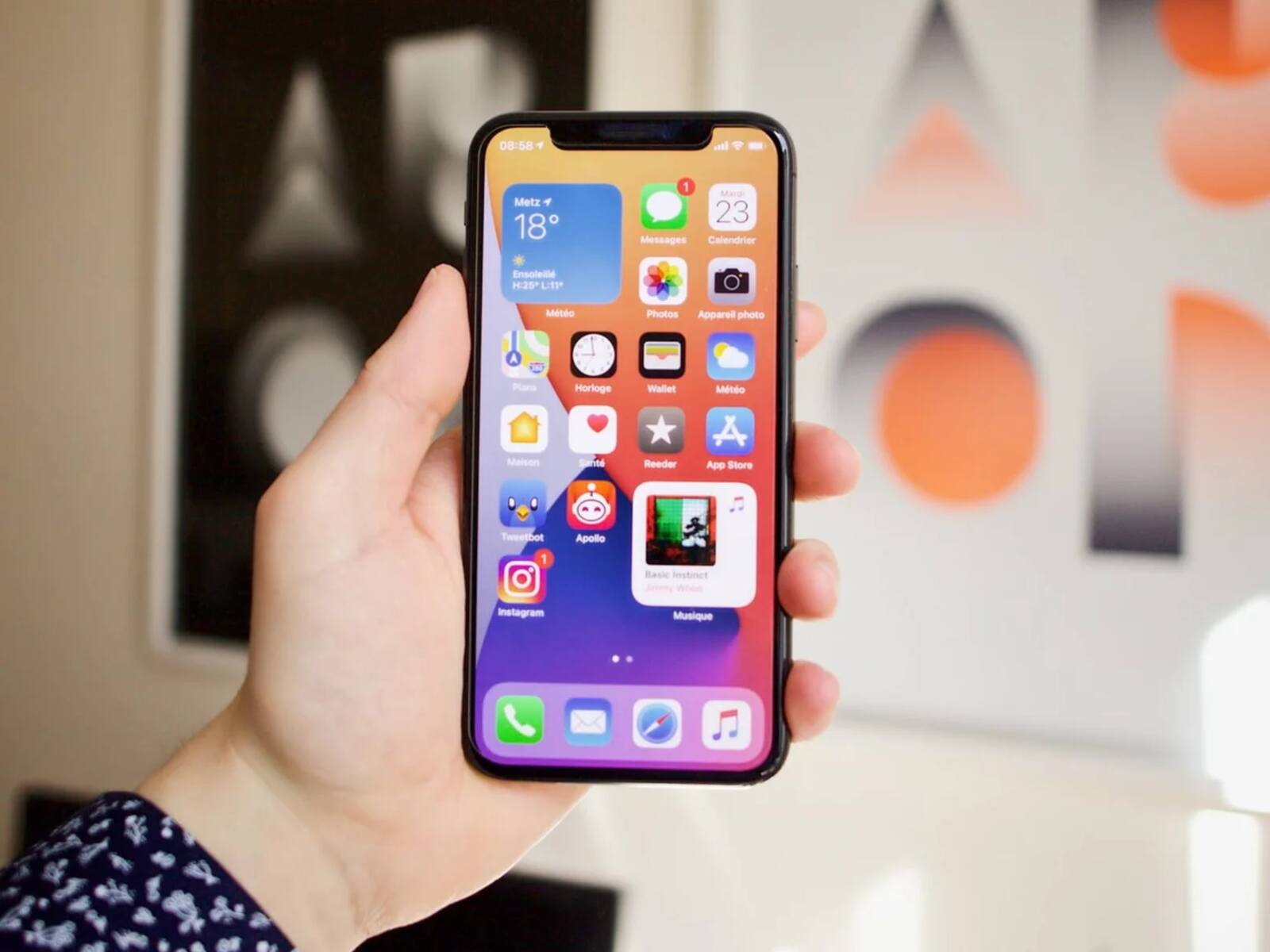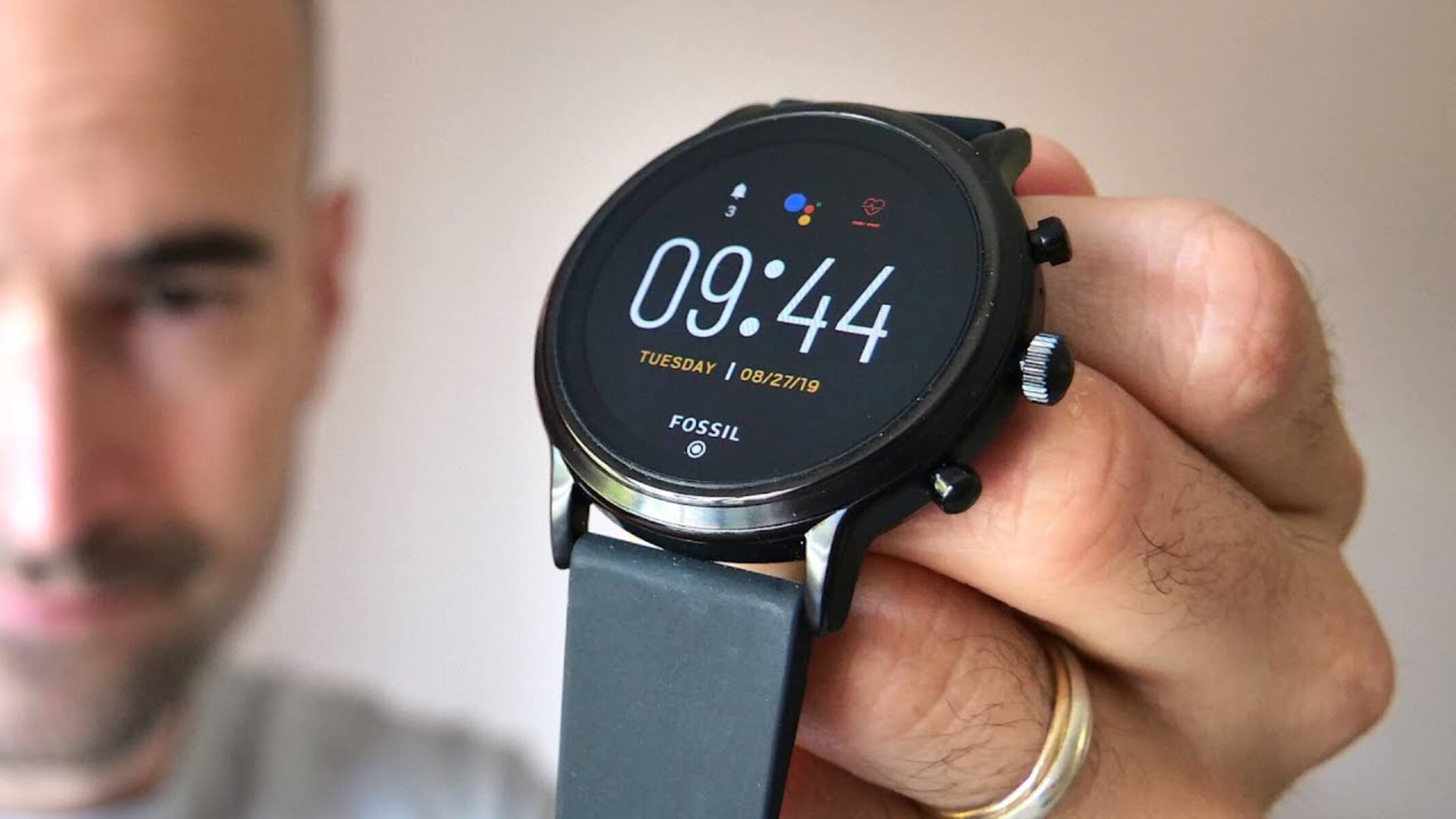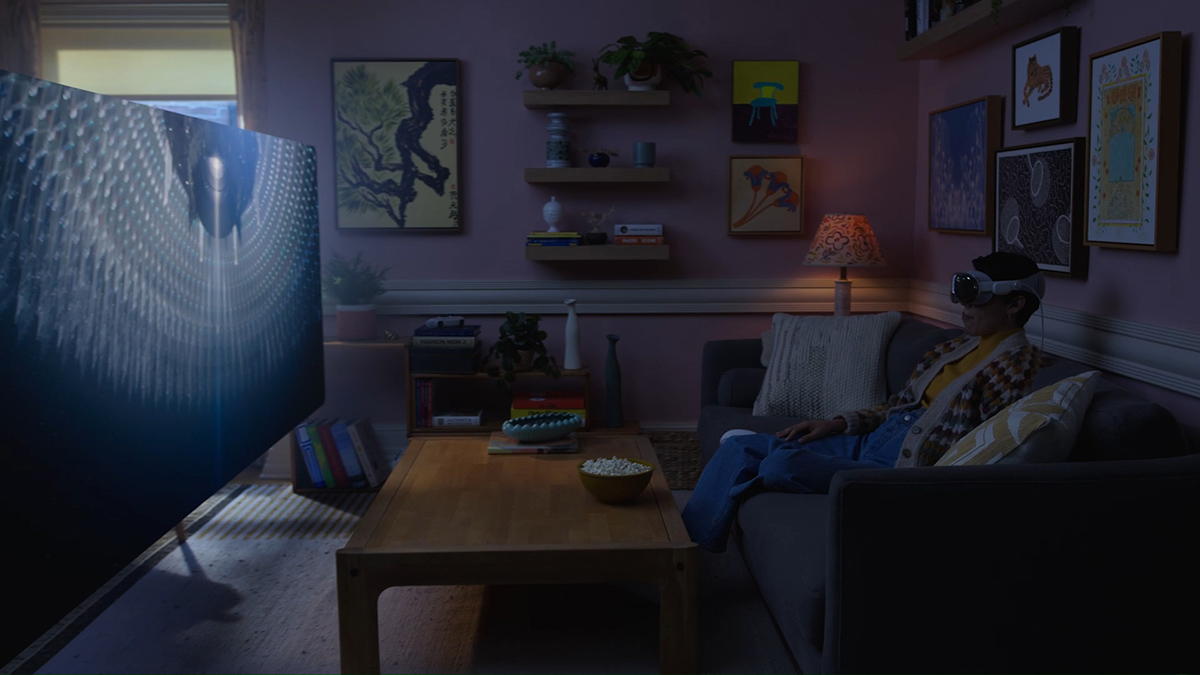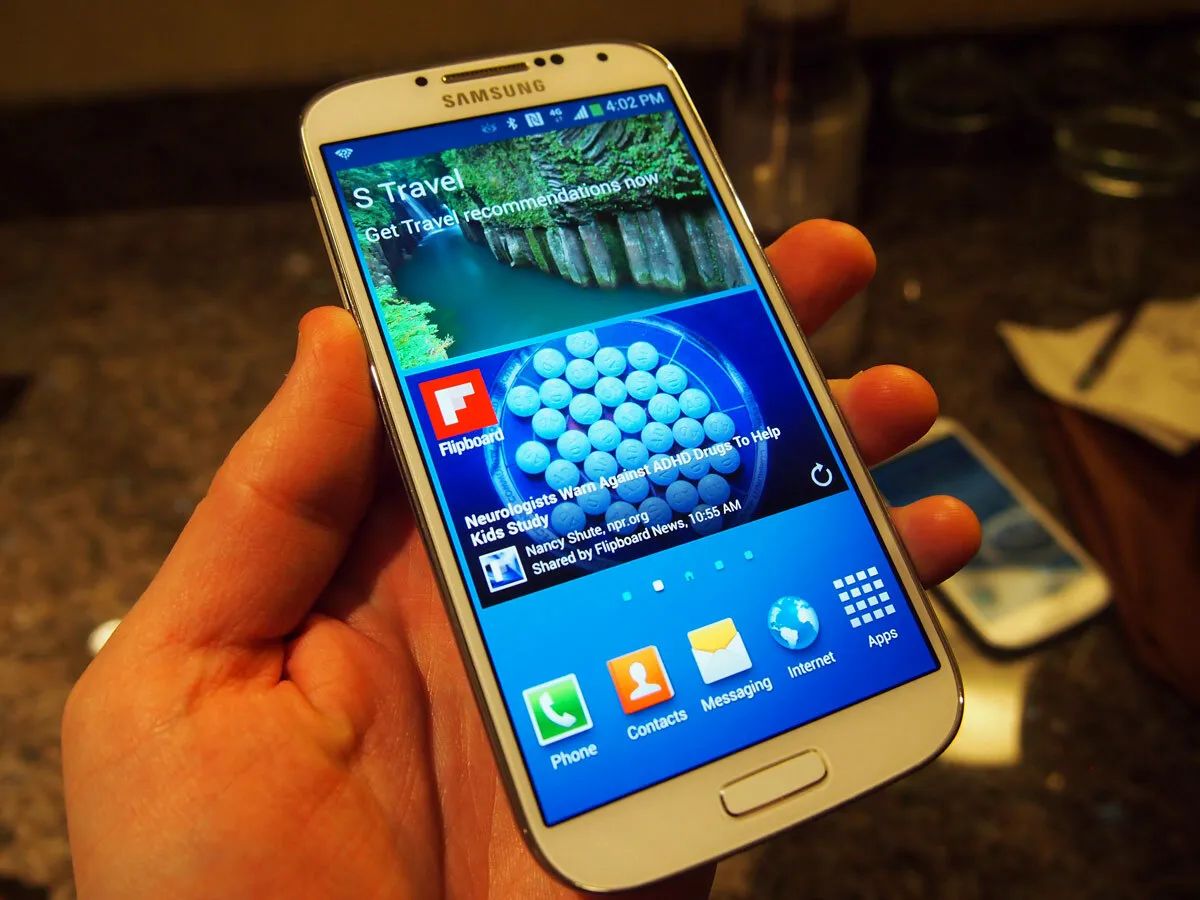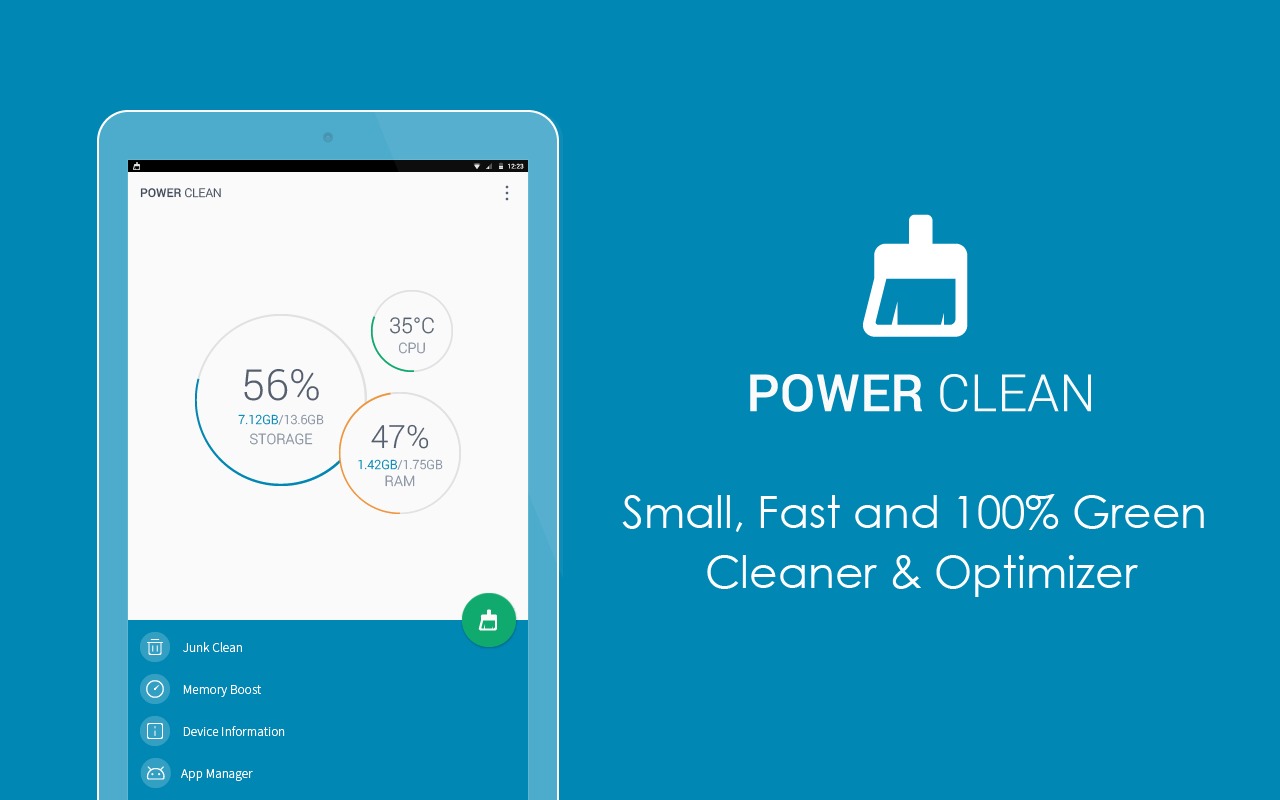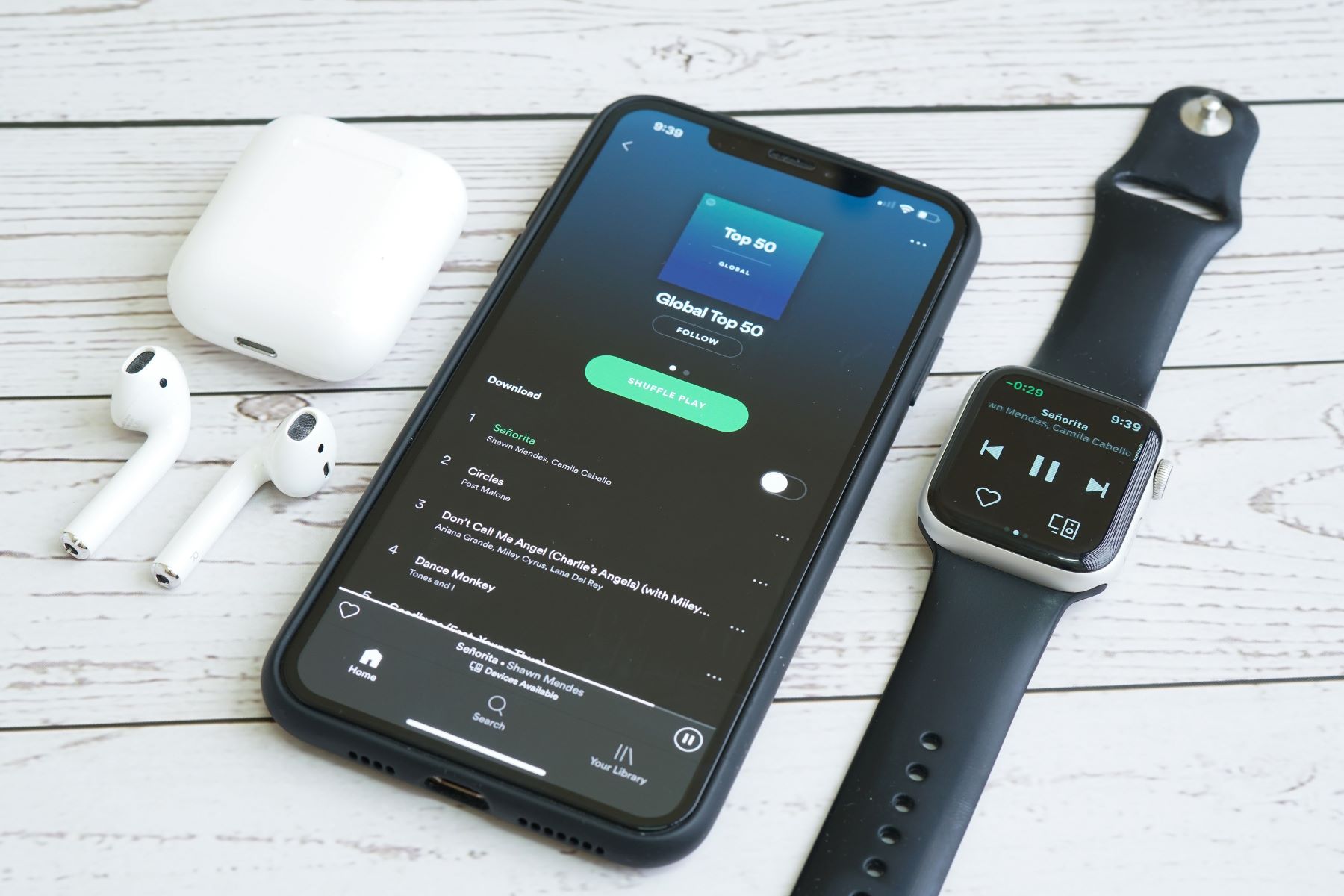Introduction
Welcome to this guide on how to add a Spotify widget to your website or blog post. If you’re a music lover or creator and want to share your favorite songs or playlists with your audience, embedding a Spotify widget is a great way to do it. With a Spotify widget, you can display a customized player directly on your webpage, allowing visitors to listen to your selected tracks without leaving your site.
By adding a Spotify widget, you can enhance the overall user experience, engage your readers, and promote your favorite music seamlessly. Whether you are a music blogger, artist, or simply someone who loves sharing their favorite tunes, this guide will walk you through the step-by-step process of adding a Spotify widget to your website or blog post.
Before we dive in, let’s note that in order to add a Spotify widget, you’ll need to have a Spotify account. If you don’t have one, you can sign up for free at https://www.spotify.com. Once you have your account, let’s move on to the next steps.
Step 1: Sign up or log in to your Spotify account
The first step in adding a Spotify widget to your website or blog post is to sign up for a Spotify account or log in if you already have one. To do this, visit the Spotify website at https://www.spotify.com and click on the “Sign Up” or “Log In” button at the top right corner of the page.
If you don’t have an existing Spotify account, you’ll have the option to sign up using your Facebook account or by creating a new Spotify account with your email address. Choose the method that is most convenient for you and follow the prompts to create your account.
If you already have a Spotify account, simply enter your username (or email address) and password to log in. Once you’re logged in, you’ll have access to your personalized Spotify dashboard, where you can manage your playlists, discover new music, and more.
Having a Spotify account not only enables you to add a Spotify widget to your website, but it also grants you access to millions of songs, curated playlists, and personalized recommendations. So, if you’re not already a Spotify user, this is a great opportunity to join a vibrant music community and enjoy the benefits it offers.
Now that you’re signed up or logged in to your Spotify account, let’s move on to the next step, which involves navigating to the Spotify Developer Dashboard.
Step 2: Navigate to the Spotify Developer Dashboard
Once you’re signed up or logged in to your Spotify account, the next step is to navigate to the Spotify Developer Dashboard. The Spotify Developer Dashboard is where you’ll create a new app and retrieve the necessary code to add the Spotify widget to your website or blog post.
To access the Spotify Developer Dashboard, open a new browser tab and visit the following URL: https://developer.spotify.com/dashboard. This will direct you to the Spotify Developer website.
On the main page of the Spotify Developer website, click on the “Log In” button located at the top right corner of the page. This will prompt you to log in using your Spotify account credentials. Enter your username (or email address) and password, and click “Log In” to proceed.
After successfully logging in, you’ll be redirected to the Spotify Developer Dashboard. Here, you’ll have access to various developer resources and tools that Spotify offers.
It’s important to mention that by accessing the Spotify Developer Dashboard, you agree to Spotify’s terms of service and developer guidelines. Make sure to familiarize yourself with these rules to ensure compliance while using the Spotify platform.
Now that you’re on the Spotify Developer Dashboard, you’re ready to move on to the next step, which involves creating a new app to obtain the necessary credentials for your Spotify widget.
Step 3: Create a new app
Creating a new app in the Spotify Developer Dashboard is an essential step to obtain the required credentials for adding a Spotify widget. These credentials will allow your website or blog post to communicate with the Spotify platform and display the desired content.
To create a new app, navigate to the Spotify Developer Dashboard and locate the “Create an App” button. Click on it to begin the app creation process.
Next, you’ll be prompted to fill out some information about your app. Provide a unique and descriptive name for your app that reflects its purpose. This name will be displayed to your users when they interact with the Spotify widget on your website.
In addition to the name, enter a brief description of your app. This description will help users understand the purpose and functionality of your Spotify widget.
You’ll also need to specify the app’s platform. Select the appropriate option based on where you plan to add the Spotify widget. For example, if you’re embedding the widget on a website, choose “Website”.
Lastly, check the boxes to confirm that your app complies with Spotify’s terms of service and that you’re not using the app for commercial purposes. Click “Create” to proceed.
Once your app is created, you’ll be redirected to the app dashboard, where you can access your app’s settings and credentials.
In the next step, we’ll discuss how to retrieve your Client ID, which is required to configure your Spotify widget properly.
Step 4: Retrieve your Client ID
In order to configure your Spotify widget correctly, you’ll need to retrieve your Client ID from the app dashboard in the Spotify Developer Dashboard. The Client ID is a unique identifier that connects your website or blog post with your created app, allowing it to access and display the necessary Spotify content.
To retrieve your Client ID, start by accessing the Spotify Developer Dashboard and selecting your app from the list of created apps.
Once you’re on the app dashboard, navigate to the “Settings” tab. Here, you’ll find a section titled “Client ID”. This is the unique identifier assigned to your app.
Copy the Client ID and keep it in a safe place. You’ll need to use it in the next steps of configuring your Spotify widget.
It’s essential to ensure the security of your Client ID and not share it with unauthorized individuals. The Client ID acts as a key that grants access to your app, so keeping it confidential is crucial.
Now that you have your Client ID, we can move on to the next step, where we’ll configure your Spotify Widget settings.
Step 5: Configure your Spotify Widget settings
Configuring the settings for your Spotify widget is an important step to ensure that it reflects your desired content and appearance on your website or blog post. By customizing the settings, you can create a unique and personalized experience for your visitors.
To configure your Spotify widget settings, you’ll need to use the Spotify Widget Code Generator. This online tool allows you to specify parameters such as the type of content, size, appearance, and behavior of the widget.
Start by opening a new browser tab and visiting the Spotify Widget Code Generator at https://developer.spotify.com/documentation/widgets/generate/embed/.
On the Widget Code Generator page, you’ll see various options to customize your Spotify widget. Let’s explore some of the key settings:
- Type of Content: Choose between a single track, playlist, or album that you want to display in your widget. Enter the Spotify URI or URL for the respective content.
- Theme and View: Select the theme, light or dark, for your widget, and choose between a full view or compact view.
- Size: Specify the dimensions of your widget by adjusting the width and height. You can choose a fixed size or allow the widget to be responsive.
- Appearance: Customize the appearance of the widget by hiding or showing the cover art, playlist name, and artist name.
As you make changes to the settings, you’ll see a live preview of the widget on the right side of the page, allowing you to visualize the changes in real-time.
Once you’re satisfied with the configuration, click on the “Copy Code” button to copy the generated code snippet. This code snippet contains all the settings you’ve specified for your Spotify widget.
With your Spotify widget settings configured and the code snippet copied, we can proceed to the next step, where we’ll generate the Spotify widget code.
Step 6: Generate the Spotify Widget code
Generating the Spotify widget code is a straightforward process that allows you to obtain the necessary code snippet to embed the widget on your website or blog post. This code snippet contains all the information about your configured Spotify widget, including the chosen content, appearance, and behavior.
To generate the Spotify widget code, start by opening a text editor or the code editor of your choice.
Paste the previously copied code snippet from the Spotify Widget Code Generator into the code editor. This code snippet will typically consist of HTML markup and JavaScript code.
Next, ensure that the code snippet is correctly formatted and valid HTML. You can validate the HTML by using online HTML validators or browser extensions to ensure the code is error-free. Validating the HTML will help prevent any issues when embedding the widget on your website.
Once you’ve validated the HTML code and made any necessary adjustments, save the file with the appropriate file extension (e.g., .html) and choose a relevant filename that reflects the purpose of the widget.
Now that you have the generated Spotify widget code saved, you’re ready for the final step: adding the Spotify widget code to your website or blog post.
In the next step, we’ll discuss how to add the Spotify widget code to your website or blog post, allowing your visitors to enjoy your selected songs and playlists directly on your site.
Step 7: Add the Spotify Widget code to your website or blog post
Adding the Spotify widget code to your website or blog post is the final step in the process of integrating the Spotify widget and making it accessible to your audience. By embedding the code in the appropriate location, you’ll enable visitors to listen to your curated music directly on your site.
To add the Spotify widget code to your website or blog post, follow these steps:
- Open the HTML file of the webpage or blog post where you want to display the Spotify widget. Alternatively, if you’re using a website builder or content management system (CMS), locate the section or page where you can add custom HTML code.
- Paste the previously saved Spotify widget code into the appropriate location within the HTML file or code editor. This is typically done within the body or content section of the webpage or blog post.
- Save the changes to the HTML file or update the webpage or blog post, ensuring that the Spotify widget code is included.
- Preview the webpage or blog post to confirm that the Spotify widget is displaying correctly. Play around with the widget to ensure that the selected songs or playlists are playing as intended.
Once you’ve completed these steps, your Spotify widget should be successfully embedded on your website or blog post, ready for your visitors to enjoy.
It’s important to note that the embedding process may vary depending on the platform or CMS you’re using. If you encounter any issues or need further assistance, consult the documentation or support resources provided by the platform or CMS.
Congratulations! You’ve successfully added the Spotify widget to your website or blog post. Now, your visitors can listen to your favorite songs and playlists, enhancing their experience on your site.
Conclusion
Adding a Spotify widget to your website or blog post can greatly enhance the user experience and provide an interactive way to share your favorite music with your audience. With the step-by-step guide provided in this article, you now have the knowledge and tools to successfully incorporate a Spotify widget into your webpages.
By signing up or logging in to your Spotify account, navigating to the Spotify Developer Dashboard, and creating a new app, you gain access to the necessary credentials for adding the widget. Retrieving your unique Client ID allows you to configure the Spotify widget settings to align with your desired content and appearance.
Generating the Spotify widget code and ensuring its validity is an essential step before adding it to your website or blog post. By following the process outlined in this guide, you are now able to successfully embed the code and make the Spotify widget accessible to your visitors.
Remember, the Spotify widget adds a dynamic and engaging element to your webpages, allowing your audience to listen to your selected tracks or playlists without leaving your site. Whether you are a music blogger, artist, or simply someone passionate about sharing music, the Spotify widget offers a seamless way to connect with your visitors and share your musical preferences.
Take advantage of the customization options available in the Spotify Widget Code Generator to tailor the widget to meet your specific needs. Experiment with different themes, sizes, and appearances to create a personalized experience for your users.
With the Spotify widget now integrated into your website or blog, you can captivate your audience with the power of music. Keep in mind that regularly updating and curating your Spotify playlists will ensure that your content remains fresh and engaging.
Now that you’ve successfully completed the steps outlined in this guide, it’s time to sit back, relax, and let the music play. Enjoy the seamless integration of the Spotify widget and the enhanced experience it brings to your website or blog post.







